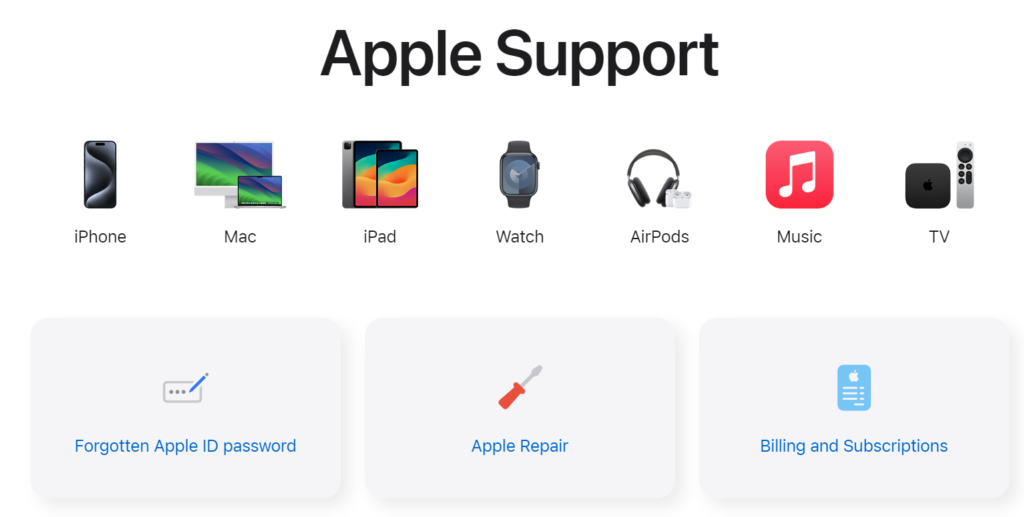If you’re experiencing issues with your MacBook trackpad after upgrading to MacOS Sonoma, you’re not alone.
Many users have reported encountering problems such as the trackpad not responding to click requests or sporadically stopping working.
In this blog post, we’ll explore some troubleshooting steps to help you resolve trackpad issues on devices like the MacBook Air M1 and MacBook Pro.
How To Fix MacBook Trackpad Stopped Working On MacOS Sonoma?

To fix MacBook trackpad stopped working on macOS Sonoma, you can force restart your MacBook, reset NVRAM or PRAM, and update MacOS to the latest version. Additionally, you can delete Trackpad preference files, and reset SMC.
1. Force Restart Your MacBook
Sometimes, the simplest solution to fix a non-responsive trackpad is to perform a force restart.

This can help to clear any temporary glitches that may have occurred after the update to MacOS Sonoma.
- Hold down the power button for about 10 seconds until the MacBook turns off.
- Wait a few seconds, then press the power button again to turn it back on.
- Check to see if the trackpad is functioning properly after the restart.
2. Reset NVRAM Or PRAM
Resetting the NVRAM (nonvolatile random-access memory) or PRAM (Parameter RAM) can resolve issues related to settings that the trackpad relies on, such as mouse and trackpad preferences.
- Shut down your MacBook.

- Press the power button and then immediately press and hold the Option, Command, P, and R keys simultaneously.
- Keep holding these keys for about 20 seconds. On some Macs, you may hear the startup sound twice or see the Apple logo appear and disappear twice.
- Release the keys and allow your MacBook to boot normally.
- Check if the trackpad issue has been resolved.
3. Update MacOS To The Latest Version
If you’re running an early version of MacOS Sonoma, updating to the latest version can fix bugs that may be causing your trackpad to malfunction.
- Click on the Apple logo in the top left corner of your screen, select “System Settings” and the click on “General.”

- Go to “Software Update” and wait for your MacBook to check for updates.

- If there’s an update available, click “Update Now” or “Upgrade Now” to install it.
- After the update is installed, check if the trackpad is working correctly.
4. Delete Trackpad Preference Files
Corrupted preference files can cause your trackpad to behave erratically.
Deleting these files will reset your trackpad settings, potentially fixing the issue.
- Open Finder.

- Press Command + Shift + G simultaneously.
- Type ~/Library/Preferences/ and hit Enter.

- Look for files named com.apple.driver.AppleBluetoothMultitouch.trackpad.plist and com.apple.preference.trackpad.plist and move them to the Trash.
- Restart your MacBook and reconfigure your trackpad settings.
- Test to see if the trackpad is now responsive.
5. Reset SMC (System Management Controller)
The SMC is responsible for many low-level functions on your Mac, and resetting it can resolve trackpad issues, especially if they’re related to power management or hardware functionality.
- Shut down your MacBook.
- For MacBooks with a non-removable battery:
- Press and hold Shift + Control + Option on the left side of the built-in keyboard, then press the power button at the same time.
- Hold these keys and the power button for 10 seconds.
- Release all keys and the power button.
- Press the power button again to turn on your MacBook.
- For MacBooks with the Apple T2 Security Chip:
- Shut down your MacBook and press and hold the power button for 10 seconds.
- Release the power button, wait a few seconds, then restart the MacBook.
- After the SMC reset, check if the trackpad is functioning normally.
6. Check For Damage And Dirt
Physical obstructions or damage can affect the trackpad’s performance.
Ensuring your trackpad is clean and undamaged is a simple but often overlooked step.
- Turn off your MacBook and disconnect the charger.
- Use a soft, lint-free cloth to gently clean the trackpad surface.
- Inspect the edges of the trackpad to ensure there’s no debris or dirt lodged that could prevent clicking.
- Check for any visible signs of damage that might require professional repair.
- If the trackpad is clean and undamaged, turn on your MacBook and test the trackpad.
7. Disconnect Conflicting Peripherals
Other devices connected to your MacBook might interfere with the trackpad’s performance.
Removing these can help isolate the issue.
- Disconnect all external devices from your MacBook, including USB devices, external keyboards, and mice.
- Turn off any Bluetooth peripherals that automatically connect to your MacBook.
- Restart your MacBook by going to the Apple menu and selecting “Restart.”
- Once your MacBook has rebooted, test the trackpad to see if it’s working without the external devices connected.
8. Contact Apple Support

If none of the software solutions work, your MacBook trackpad might have a hardware issue.
In this case, it’s best to have it checked by a professional.
- If your MacBook is still under warranty, contact Apple Support or make an appointment at the nearest Apple Store.
- If your warranty has expired, you may still want to consult with an Apple-certified repair center to get an expert opinion.
